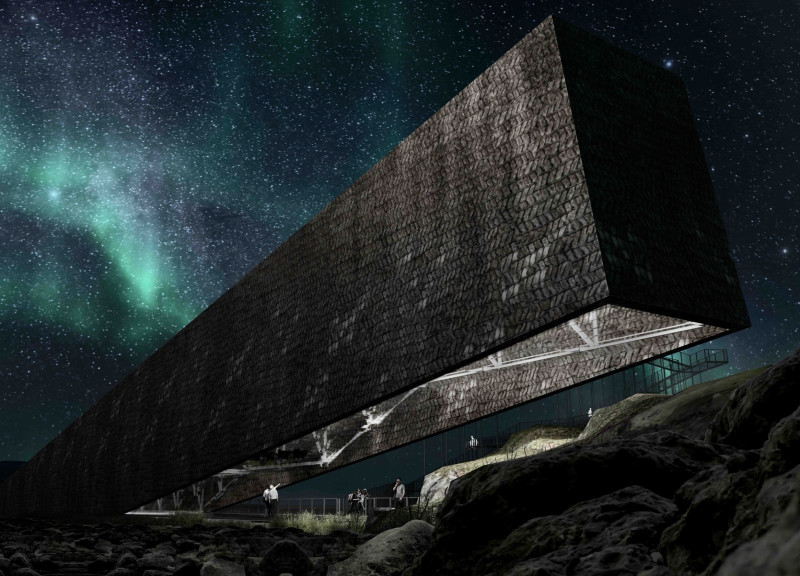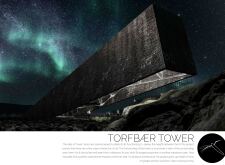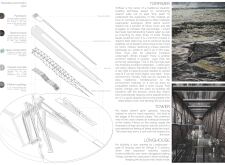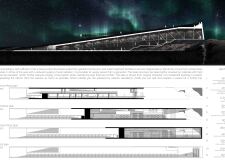5 key facts about this project
The function of the project is multifaceted, serving as a hub for cultural activities, community gatherings, and educational programs. The design seamlessly accommodates diverse uses, comprising open spaces for events, intimate areas for smaller meetings, and flexible zones that can adapt as needed. The layout encourages circulation and interaction, fostering a sense of belonging among its users.
One of the most notable elements of this architectural design is its materiality. The project cleverly employs a mix of materials such as precast concrete, glass, and timber, each chosen for their aesthetic qualities and performance characteristics. Precast concrete lends durability and a robust presence, while extensive use of glass provides transparency and light, creating a welcoming atmosphere. The timber accents introduce warmth and natural texture, bridging the gap between the built environment and nature. This deliberate selection illustrates a holistic approach to materiality, emphasizing the relationship between form and context.
The design outcome reflects a balance of modern aesthetics with functional requirements. The architectural layout includes a series of interconnected spaces that flow into one another, creating a cohesive environment that enhances the user experience. The façade is characterized by a rhythmic play of solid and void, where the prominent use of glazing allows natural light to penetrate deep into the interior, reducing reliance on artificial lighting and reinforcing the building’s sustainable aspirations.
Furthermore, sustainable design principles are interwoven throughout the project. This includes strategies for energy efficiency, such as passive solar orientation and green roofs, which not only minimize environmental impact but also contribute to the building's visual identity. Rainwater harvesting systems and energy-efficient mechanical systems are also integrated into the design, showcasing a commitment to sustainability that can be emulated in future architectural endeavors.
Unique design approaches manifest in various aspects of the project. The building’s orientation in relation to the sun and wind patterns emphasizes a climate-responsive design strategy that optimizes thermal comfort for occupants. The incorporation of outdoor spaces, such as terraces and landscaped gardens, allows users to connect with nature, promoting well-being and enhancing the overall experience. These elements blend seamlessly with the urban landscape, creating a dialogue between architecture and its environment.
Moreover, attention to detail is evident throughout the project. The thoughtful design of interior spaces—ranging from community rooms to exhibition areas—presents options for different styles of engagement and interaction. This flexibility fosters a dynamic atmosphere that caters to a diverse audience and varying programmatic needs.
In summary, this architectural project embodies a holistic approach to design, integrating functionality, sustainability, and aesthetic appeal. The combination of carefully selected materials, innovative spatial solutions, and a strong focus on community interaction makes this building a significant addition to the urban fabric. The project stands as a testament to how contemporary architecture can address pressing social and environmental challenges. For those interested in a deeper exploration of the project, including architectural plans, sections, and comprehensive designs, a detailed presentation is available for review.


























